69 F. average high on September 22.
74 F. high on September 22, 2013.
September 22 in Minnesota Weather History. Source: MPX National Weather Service:
1995: 0.2 inches of snow fell in the St. Cloud area.
1985: Early snow over portions of Minnesota and western Wisconsin. Just under a half inch (.4) recorded at the Twin City Airport. Most of it fell during the afternoon.
1937: From summer to winter. The temperature was 101 at Wheaton. Then a cold front came through causing the mercury to tumble below freezing.

Relative Risk
Yes, there is a risk of relatives. On paper today is the first full day of autumn, but "meteorological fall", marking the end of the 90 warmest days of the year, on average, really began September 1.
Autumn tends to bring the lowest risk of severe weather here in Minnesota; far fewer floods, tornadoes and lightning deaths. Hurricane risk peaks in September as ocean water temperatures peak, but it's been supernaturally quiet in the Atlantic.
Which got me thinking about risk, something we all live with daily. Using seat belts is a no-brainer - so is booking a hotel room below the 9th floor (so fire equipment can reach you in an emergency).
I keep encouraging my youngest son, flying helicopters for the Navy, not to push the weather. With Doppler radar seemingly everywhere now you can SEE what's coming and take evasive action.
Radar may be speckled with a few blobs tonight & Wednesday as a weak trough of low pressure arrives; the atmosphere too cool & dry for anything severe. Expect a minor meteorological miracle Thursday into Sunday as a bloated ridge of high pressure expands into town: highs well into the 70s to near 80F.
Don't pack away the shorts (or boats) just yet.

Shades of Late August.
Umbrellas are optional again today as sunshine gives way to increasing
clouds, showers spreading into far western Minnesota by late afternoon
and evening. A few spotty T-showers are possible tonight and Wednesday,
followed by lukewarm sun Thursday into early next week. Weekend
temperatures may brush 80F. MSP Meteogram: Weatherspark.
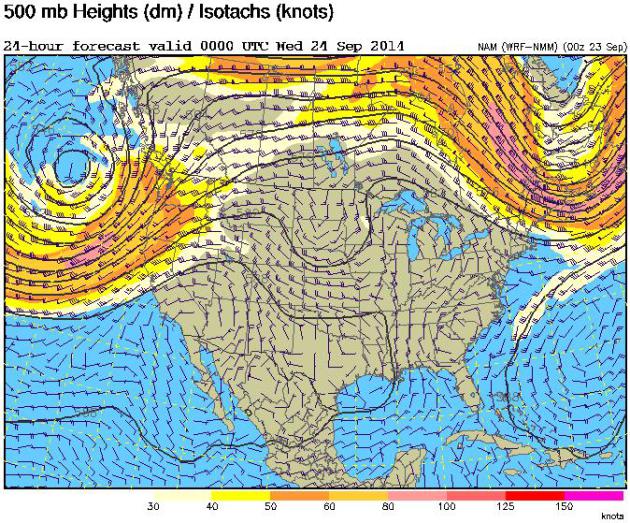
Warm High Pressure Bubble.
The expansive ridge of high pressure that stalled over the west coast
of the USA for much of 2014, amplifying a 3-year drought, shows signs of
drifting east, resulting in a spell of August-like weather for the
central USA from late week into the weekend. A weak ripple of cold air
aloft sparks a few spotty showers from the Dakotas into Minnesota
Tuesday night into Wednesday, but the forecast looks dry and unusually
warm from Thursday into at least Sunday. 500 mb winds above courtesy of UCAR.
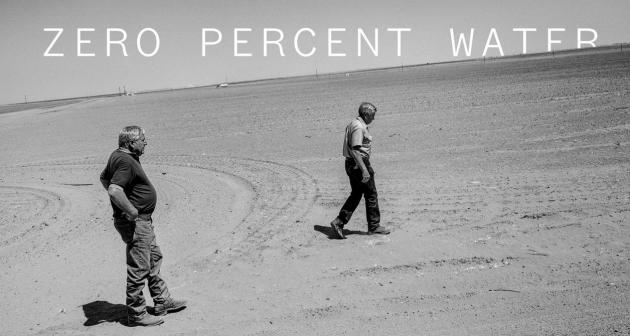
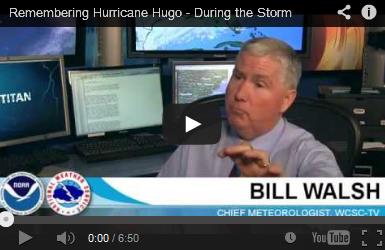
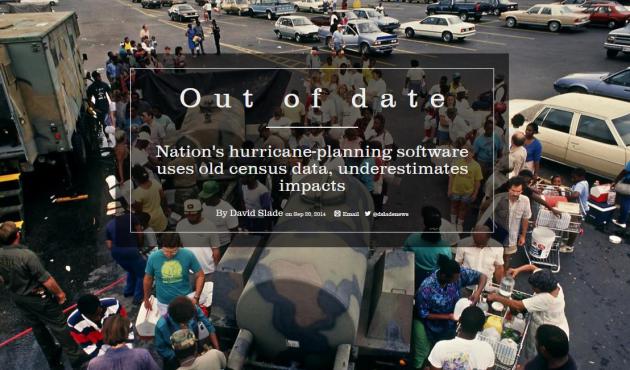
Out of Date. NOAA's hurricane-planning software uses 2000 census data. The Post and Courier asks if that's good enough; here's an excerpt: "A
Federal Emergency Management Agency computer model that's used
nationwide for disaster planning is supposed to estimate how many homes
would be destroyed and how many people would need shelter if a major
hurricane or earthquake were to strike. But there's a problem. The
software, called Hazus, can't truly calculate the disaster impact on
people and property because it doesn't know how many homes and residents
areas have today. The FEMA program is still loaded with 14-year-old
data from the 2000 census..."
Image credit: File/Wade Spees/Staff.
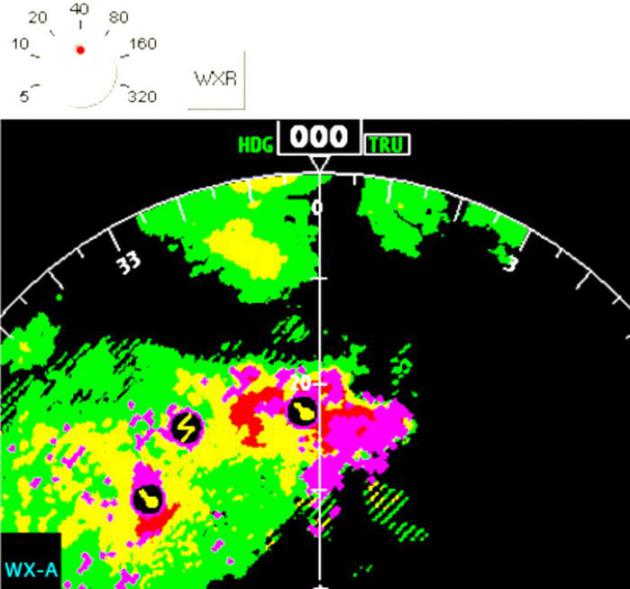
High Above The Earth, Hoping for Turbulence.
Flying into a thunderstorm is one thing, but clear air turbulence is
much (much) harder to predict with any accuracy or reliability. The New York Times has an article on new technology being perfected by Honeywell; here's an excerpt: "...Honeywell’s IntuVue radar
provides far greater detail and frees pilots from much of the
distracting labor-intensive work in operating older systems. It is being
marketed partly as a better way for pilots to assess direct localized
weather threats and help spare passengers from sudden turbulence. A
Honeywell competitor, Rockwell Collins, in February introduced a similar
radar system, MultiScan ThreatTrack, which American Airlines has been installing in its new 737s..."
Image credit above: "Honeywell’s new radar system helps pilots track bad weather."
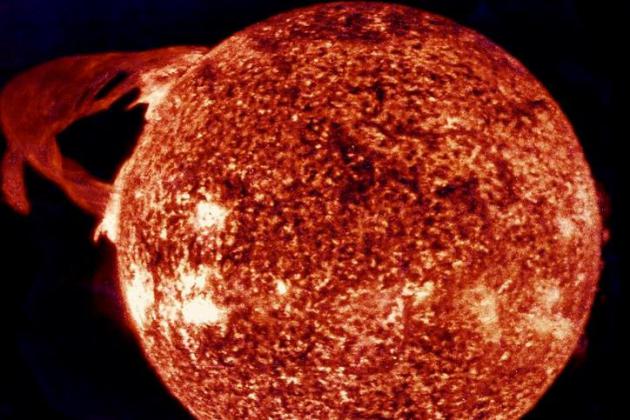
Image credit: "This ultraviolet photograph of a massive solar flare, spanning a third of a million miles into space, was taken on Dec. 19, 1973." Flickr/NASA.
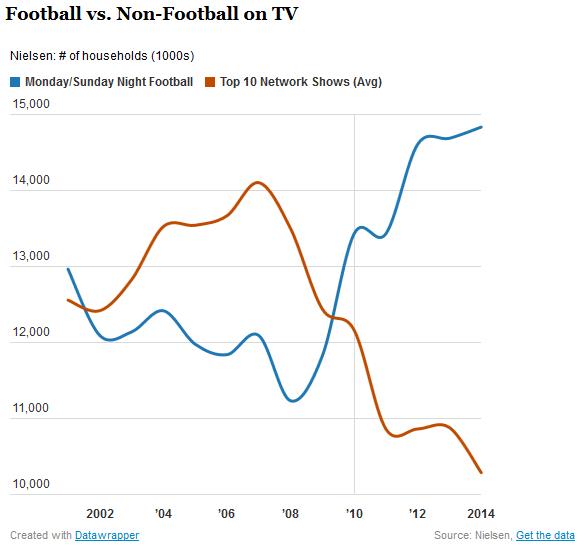




TODAY: Sunny start, clouds increase later. Winds: S 10-15. High: 73
TUESDAY NIGHT: Mostly cloudy with a few showers possible. Low: 58
WEDNESDAY: Unsettled, a few showers, stray T-shower. High: 70
THURSDAY: Patchy fog, then mild sunshine. Wake-up: 57. High: 75
FRIDAY: Warm sun, clock out early. Wake-up: 60. High: 78
SATURDAY: Blue sky, low humidity, few bugs. Wake-up: 58. High: 79
SUNDAY: Postcard-worthy. Warm sun. Dew point: 58. Wake-up: 59. High: 80
MONDAY: Fading sun, more humid. Dew point: 62. Wake-up: 61. High: 76
Climate Stories...

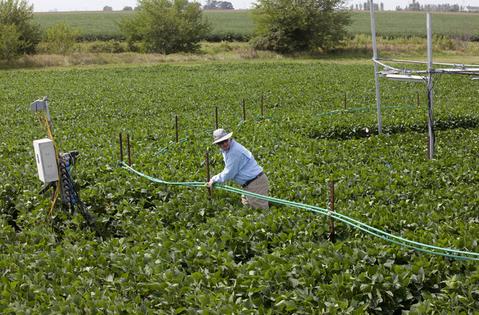
Testing Future Conditions for The Food Chain. Will
more CO2 and warmer temperatures be a boon for crops, or complicate
farming even more? Here's an excerpt from a Justin Gillis story at The New York Times: "...The
tests so far have confirmed the beneficial “CO2 fertilization effect,”
as it is known. But in field conditions, the boon to the crops was not
as great as in earlier greenhouse experiments, and probably not enough
to offset the heat and other stresses of a warmer planet. “It’s there,
it’s real, but the question is, how much is it going to help?” Dr.
Leakey said. Other research
in recent years suggested that rising temperatures in some of the
world’s most important growing regions were already cutting into
potential grain production, compared with what the yields would likely
be in the absence of global warming...."
Photo credit above: "Andrew
Leakey is studying the effects of future climate change on crops by
exposing test plants to conditions like elevated carbon dioxide levels
on a farm outside Champaign, Ill." Credit Beth Rooney for The New York Times.

Ask Paul. Weather and climate-related questions, comments and threats:
http://creation.com/the-great-global-warming-swindle-debate
http://wattsupwiththat.com/2011/05/17/new-study-links-cosmic-rays-to-aerosolscloud-formation-via-solar-magnetic-activity-modulation/
http://science.jrank.org/pages/4184/Maunder-Minimum.html
Ross S. Olson MD
Ross, I appreciate the note and question/comment. I continue to keep an open mind and I hope you do as well. I would also encourage you to visit scientific web sites from NOAA, NASA, the National Academy of Sciences, NSF, the American Meteorological Society and links to other peer-reviewed scientific studies in the public domain vs. conspiracy theory sites. In my opinion this is not a conspiracy or cover-up, it's basic science. Scientists are always testing new theories and possible feedback effects, from not only solar activity but cloud formation and aerosols. However, the body of evidence linking CO2 and other greenhouse gases to observed changes, including arctic melting, the warming of the atmosphere and ocean warming/acidity and sea level rise is robust and growing daily. I shared your question with a few local scientists I know and trust. Here was their response to the issues/links/theories you raised:
1). “It has been postulated that cosmic rays can affect clouds which can, in turn, impact the Earth’s climate. This thesis is extremely hypothetical and has not been shown to occur in the real world. In fact, there has been no correlation with cosmic rays and global temperatures. So, we are left with the obvious. Human-emitted greenhouse gases are the main influence on climate, we simply cannot explain our observations any other way.” - Dr. John Abraham, University of St. Thomas.
2). "Sloan and Wolfendale tested this hypothesis. Basically, more cosmic rays make it to the relevant part of the atmosphere at the higher lattitudes, but there is no link between latitude, cosmic rays, and cloud formation. It might have been a good idea worth testing but it does not work out." - Greg Laden.
The Sloan/Wolfendale paper summarizes: "A decrease in the globally averaged low level cloud cover, deduced from the ISCCP infra red data, as the cosmic ray intensity decreased during the solar cycle 22 was observed by two groups. The groups went on to hypothesise that the decrease in ionization due to cosmic rays causes the decrease in cloud cover, thereby explaining a large part of the presently observed global warming. We have examined this hypothesis to look for evidence to corroborate it. None has been found and so our conclusions are to doubt it. From the absence of corroborative evidence, we estimate that less than 23%, at the 95% confidence level, of the 11-year cycle changes in the globally averaged cloud cover observed in solar cycle 22 is due to the change in the rate of ionization from the solar modulation of cosmic rays."
More details from Skeptical Science: www.skepticalscience.com/Do-cosmic-rays-cause-clouds.html

Portland Will Still Be Cool, But Anchorage May Be The Place To Be. Will our grandkids be packing their swim trunks for visits to Anchorage? It seems like an outlandish proposition today, but The New York Times takes a look at which cities may be safest in an overheated planet; here's a clip: "...Under
any model of climate change, scientists say, most of the country will
look and feel drastically different in 2050, 2100 and beyond, even as
cities and states try to adapt and plan ahead. The northern Great Plains
states may well be pleasant (if muggy) for future generations, as may
many neighboring states. Although few people today are moving long
distances to strategize for climate change, some are at least pondering
the question of where they would go. “The answer is the Pacific
Northwest, and probably especially west of the Cascades,” said Ben
Strauss, vice president for climate impacts and director of the program
on sea level rise at Climate Central, a research collaboration of scientists and journalists..." (image: SeaWiFS)


Image credit above: "The Enterprise Bridge passes over a section of Lake Oroville in 2011 (left) and 2014 (right) in Oroville, California, which is experiencing "exceptional" drought."
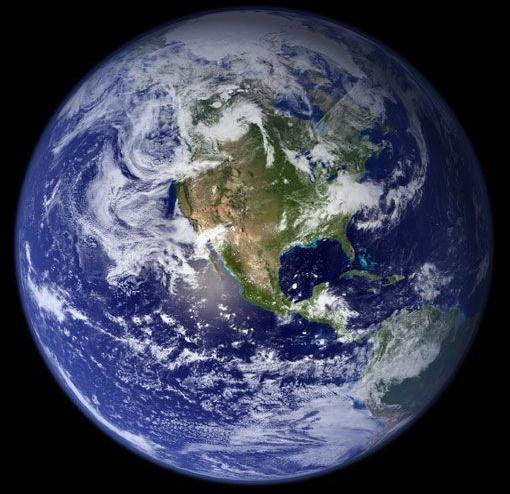
Climate Warning to World Leaders: Stick to 2C Limit or Face "Mayhem". The Guardian has the article; here's a clip: "...Scientists say that humans have now poured around 1,950bn tonnes of carbon dioxide into the atmosphere – by burning fossil fuels – over the last 200 years. If that total reaches 3,670bn tonnes, they add, it will be hard to avoid a 2C rise in global temperatures and that would trigger a host of devastating changes to the climate. These would include major rises in sea levels, the melting of ice-caps, droughts in Africa, America and Asia, storms and ocean acidification. The trouble is that, at present rates of fossil fuel consumption, that 3,670bn-tonne limit will be reached in less than three decades..." (Image credit: NASA).
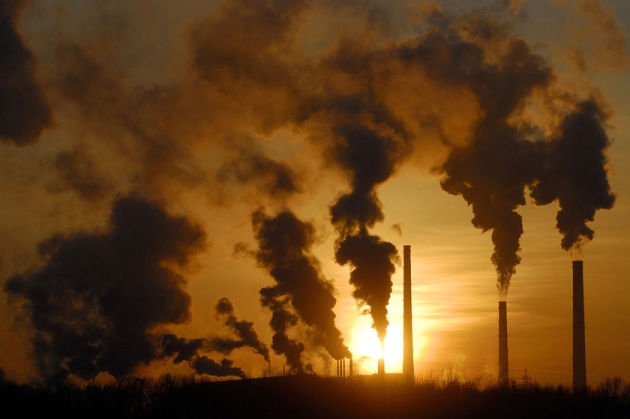
Climate Realities.
Robert Stavins at Harvard's Kennedy School does a good job summarizing
what makes climate change action so difficult, yet essential; here's an
excerpt at The New York Times: "...Rather
than rewarding today’s voters with benefits financed by future
generations, as Congress typically does, solving the climate problem
will require costly actions now to protect those who will follow us.
Making matters more difficult, climate change is essentially
unobservable by the public. On a daily basis, we observe the weather,
not the climate. This makes it less likely that public opinion will
force action the way it did 50 years ago when black smoke rose from
industrial smokestacks, and chemicals and raw sewage were dumped
untreated into rivers, famously causing one to catch fire..."
No comments:
Post a Comment